In fast-paced environments like documentaries, street videography, weddings, travel vlogs, or event coverage, being able to move quickly — without sacrificing quality — is everything. That’s where a run-and-gun video rig comes in.
Unlike bulky studio setups, a mobile video rig is lightweight, compact, and optimized for flexibility, allowing you to capture high-quality footage on the fly, without slowing down or drawing attention. In this post, we’ll show you how to build the perfect compact video rig for run-and-gun filmmaking using professional-grade, travel-friendly gear.
✅ What Makes a Good Run-and-Gun Rig?
Before we get into the gear list, here are the qualities your mobile rig should have:
- Lightweight: Easy to carry for hours or move across locations quickly
- Durable: Built for unpredictable environments
- Modular: Adaptable depending on the shoot
- Battery-efficient: Enough power for long sessions
- Stabilized: Smooth handheld or monopod footage
- Quick to set up: No time-consuming adjustments
🎒 Essential Components for a Mobile Video Rig
Let’s break it down into categories. You can start small and build up as needed, depending on your shooting style.
1. 🎥 Compact Mirrorless or Cinema Camera
At the heart of your rig is your camera. For mobile setups, opt for lightweight mirrorless or small-form cinema cameras.
Recommended Features:
- Clean HDMI output
- IBIS (In-Body Image Stabilization)
- Fast autofocus
- 4K/60fps minimum
Popular Choices:
- Sony FX3, A7S III
- Panasonic GH6
- Blackmagic Pocket Cinema Camera 6K
- Canon EOS R6 Mark II
💡 Need extended record times? Use an external recorder like the Blackmagic Video Assist 5” 3G for better codecs and monitoring.
2. 🔋 V-Mount Battery with Adapter Plate
Internal camera batteries won’t cut it on long shoots. Use a compact V-Mount battery like the Pro-X EP-L150V, which can power your camera, monitor, and audio gear for hours.
Benefits:
- Extended runtime
- D-Tap or USB outputs for multiple devices
- Can be mounted to your rig or belt clip
⚡ Pair it with a lightweight battery plate or mini power distribution unit.
3. 🏗️ Camera Cage with Handle
To make your camera rig-ready, mount it inside a lightweight cage (e.g., SmallRig or Tilta), which protects the body and offers mounting points.
Must-Have Add-ons:
- Top handle for low-angle shots
- Side handle for handheld stability
- Cold shoe mounts for mic or monitor
🛠️ This gives your rig modular strength without adding excessive bulk.
4. 🎧 Compact Audio System
Great audio is critical, even on the move. Choose a mic that’s small but powerful.
Options:
- Shotgun mic (e.g., Rode VideoMic NTG or Deity D3 Pro)
- Wireless lavalier system for interviews or talent on the go
- Mini audio recorder (like Tascam DR-10L or Zoom F2)
Mount it on:
- Cold shoe
- Side rail
- Belt pouch for lav transmitters
🎤 Always monitor levels via headphones when possible — or review clips regularly.
5. 🖥️ On-Camera Monitor
A bright, responsive monitor is vital when shooting outdoors or without a viewfinder.
Why Use One:
- Easier focusing and framing
- Adds tools like peaking, zebras, LUT preview
- Can double as a recorder
Top Choice:
- Blackmagic Video Assist 5” 3G: Lightweight, SDI/HDMI, records in ProRes or DNxHD
🪶 Pro Tip: Use a sun hood or monitor shade for better visibility outdoors.
6. 🦶 Stabilization: Mini Tripod or Monopod
You won’t want to lug a heavy tripod, but some stabilization options are essential.
Lightweight Tools:
- Monopod with fluid head (e.g., Manfrotto, Teris light series)
- Gimbal for ultra-smooth motion (DJI RS3 Mini or Zhiyun Crane M3)
- Mini tripod or tabletop legs for quick set-down shots
🎥 A small, quick-release plate system can save you time when switching mounts.
7. 💾 Fast, Reliable Media & Backup Power
High-bitrate shooting demands fast cards and backup power.
Recommended:
- UHS-II SD cards or CFexpress (for internal)
- External SSDs (e.g., Samsung T7) for monitor/recorders
- A few extra compact batteries for accessories
💡 Don’t forget a USB power bank as a universal backup for your phone or small gear.
🧠 Rig Assembly: A Sample Loadout
Here’s a simple and effective configuration for solo shooting:
| Gear | Placement |
|---|---|
| Sony A7S III or BMPCC 6K | Inside cage |
| Rode VideoMic NTG | Top-mounted (cold shoe) |
| Blackmagic Video Assist | Mounted via articulating arm |
| Pro-X V-Mount Battery | Mounted on backplate or waist clip |
| Top handle & side grip | For handheld control |
| Monopod or gimbal | For quick stabilization |
| SD cards + SSD | In pockets/pouch |
| Soft bag | To carry all gear on foot or in transit |
Total weight: ~4–5 kg, all easily packable in a single backpack.
✅ Quick Tips for Better Run-and-Gun Shooting
- Pre-balance your rig before heading out
- Use manual focus for more control in unpredictable light
- Label cables and battery levels
- Use minimal but modular gear — don’t carry what you won’t use
- Keep backup audio rolling on a small recorder just in case
🎬 Conclusion: Shoot Fast, Stay Flexible
Run-and-gun filmmaking is about being light, efficient, and prepared for anything. With the right compact rig, you’ll be able to move quickly, react to moments, and still deliver professional-quality content — whether you’re filming a bustling street scene, a wedding ceremony, or a guerrilla-style travel vlog.
Build a rig that suits your shooting style, and always test it before hitting the field.
🛍️ Need Help Building Your Run-and-Gun Rig?
At [Your Brand Name], we carry a full range of compact gear — from mirrorless cameras, V-Mount batteries, external monitors, on-camera mics, and lightweight tripods. Speak to our team to get the perfect mobile rig for your needs and budget.
👉 Shop Run-and-Gun Kits | 📞 Talk to a Rig Expert | 🚚 Fast Nationwide Delivery

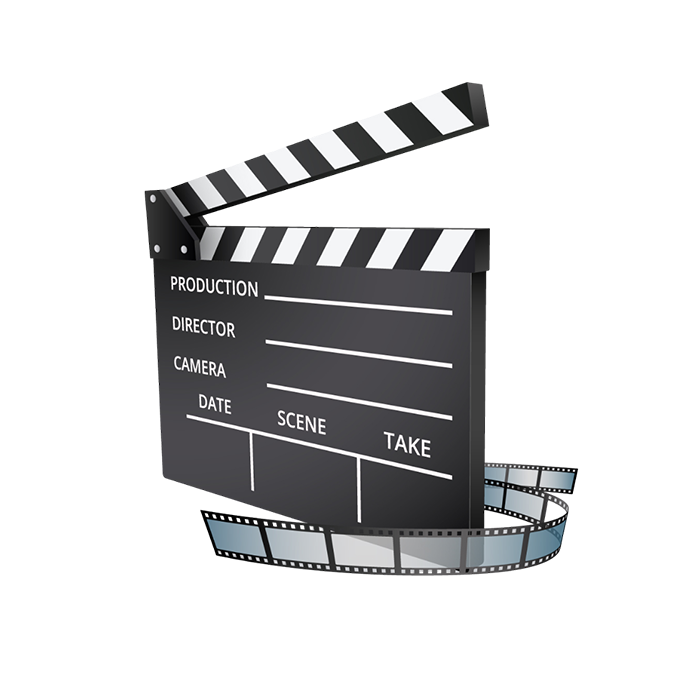

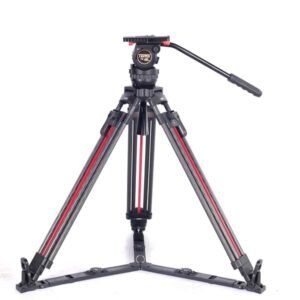
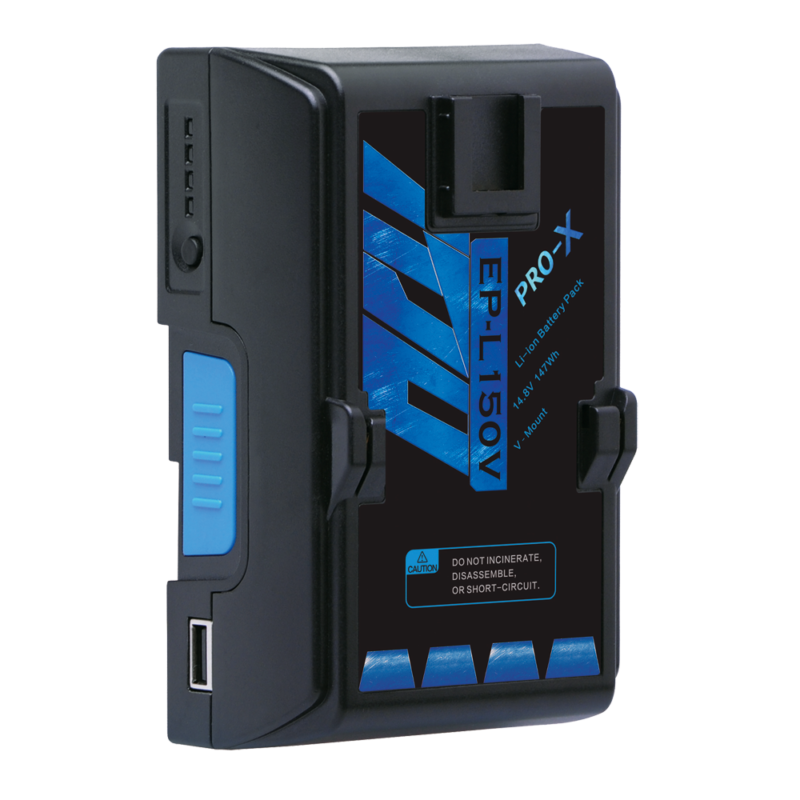
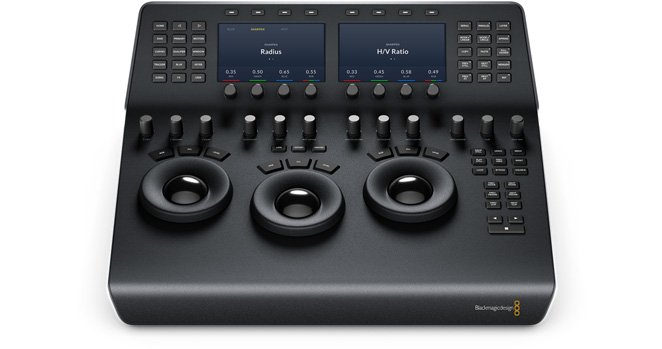
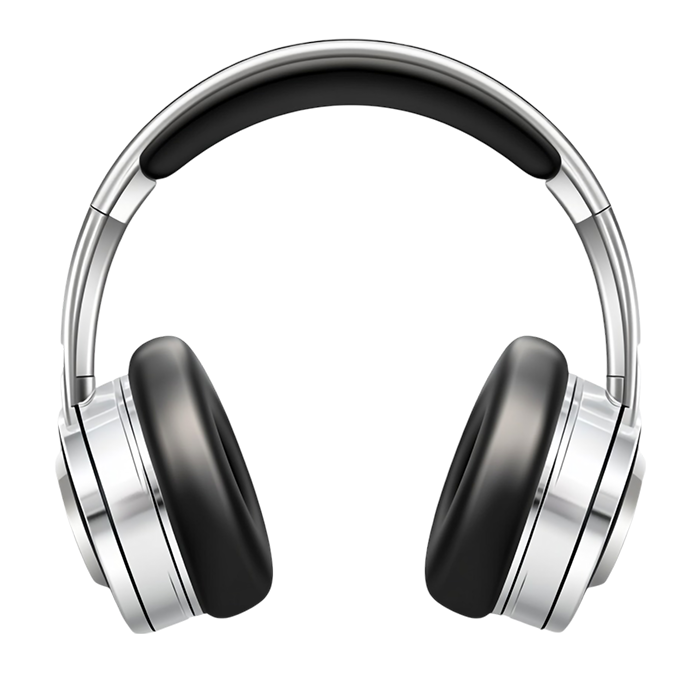
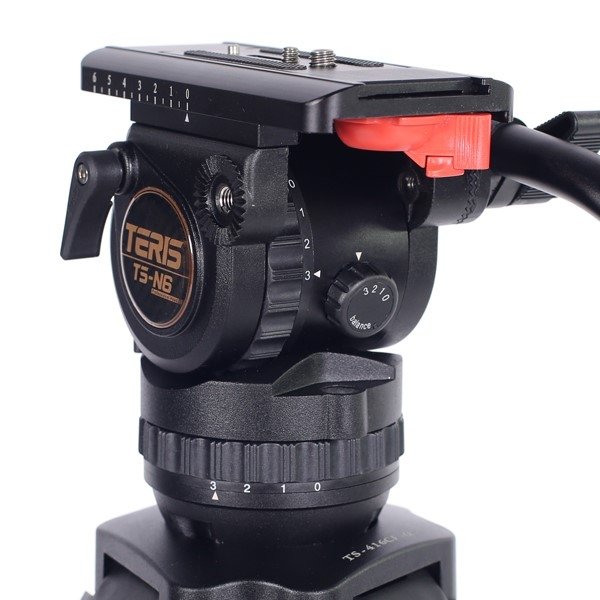






0 Comments